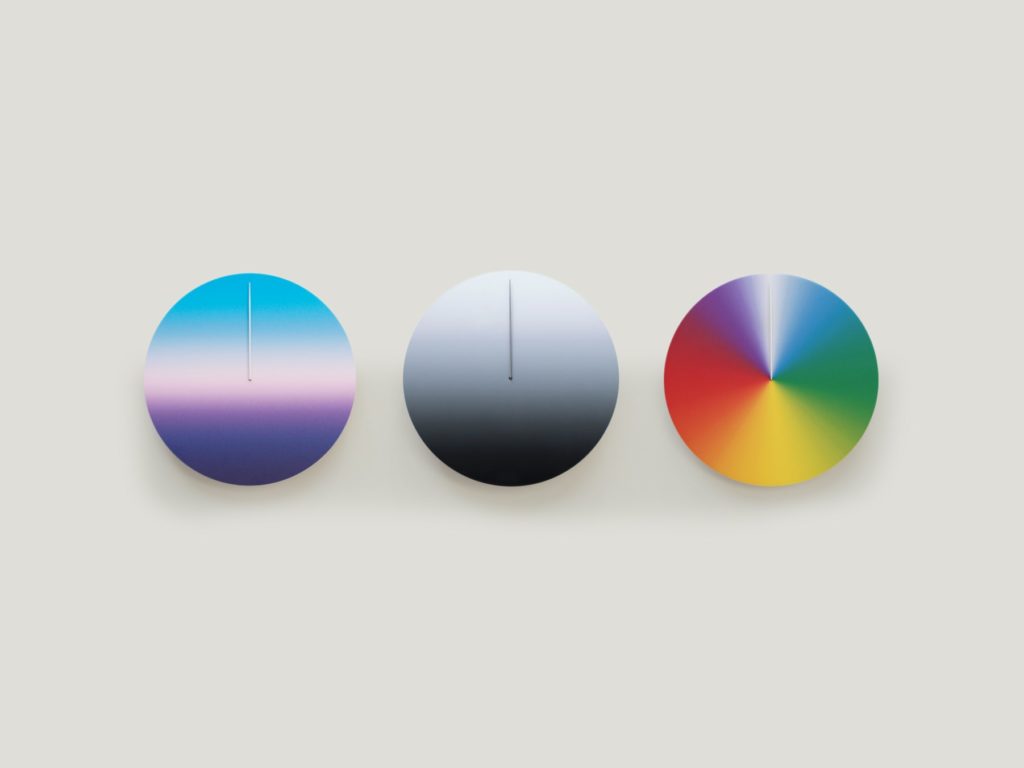
How to Be in Time
“We already have timepieces that show us how to be on time. These are timepieces that show us how to be in time.”
“We already have timepieces that show us how to be on time. These are timepieces that show us how to be in time.”
– Scott Thrift
Slow clocks are growing in popularity, perhaps as a tonic for or revolt against the historical trend of ever-faster timekeeping mechanisms.
Given that bell tower clocks were originally used to keep monastic observances of the sacred hours, it seems appropriate to restore some human agency in timing and give kairos back some of the territory it lost to the minute and second hands so long ago…
Scott Thrift’s three conceptual timepieces measure with only one hand each, counting 24 hour, one-month, and one-year cycles with each revolution. Not quite 10,000 years, but it’s a consumer-grade start.
“Right now we’re living in the long-term effects of short-term thinking. I don’t think it’s possible really for us to commonly think long term if the way that we tell time is with a short-term device that just shows the seconds, minutes, and hours. We’re precluded to seeing things in the short term.”
-Scott Thrift
Join our newsletter for the latest in long-term thinking
Subscribe